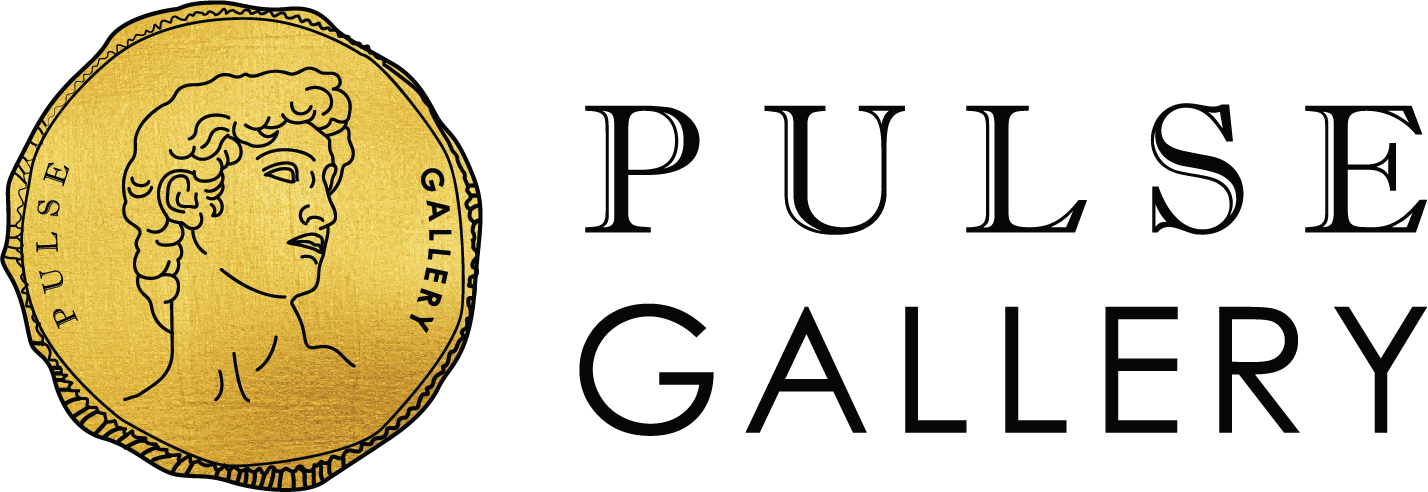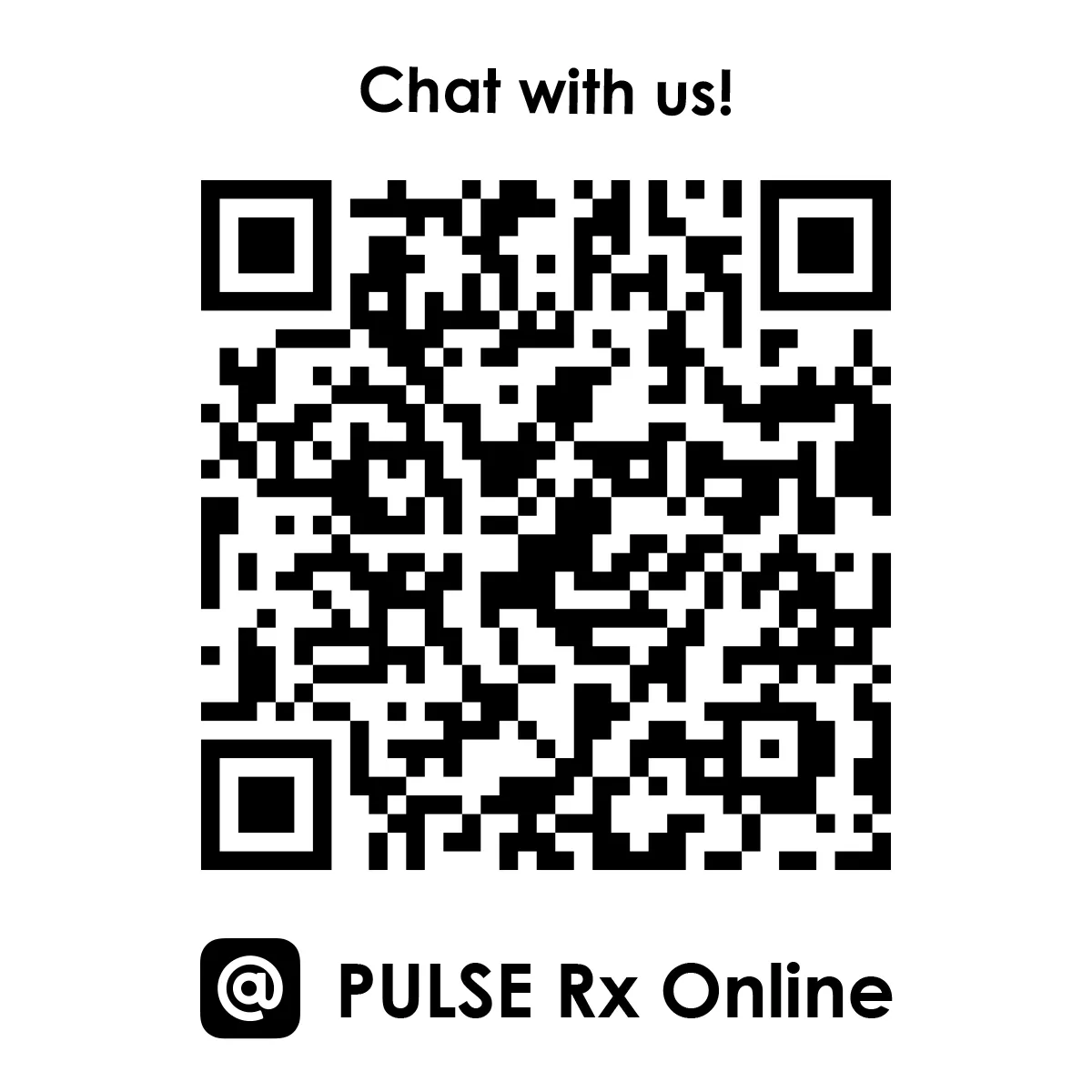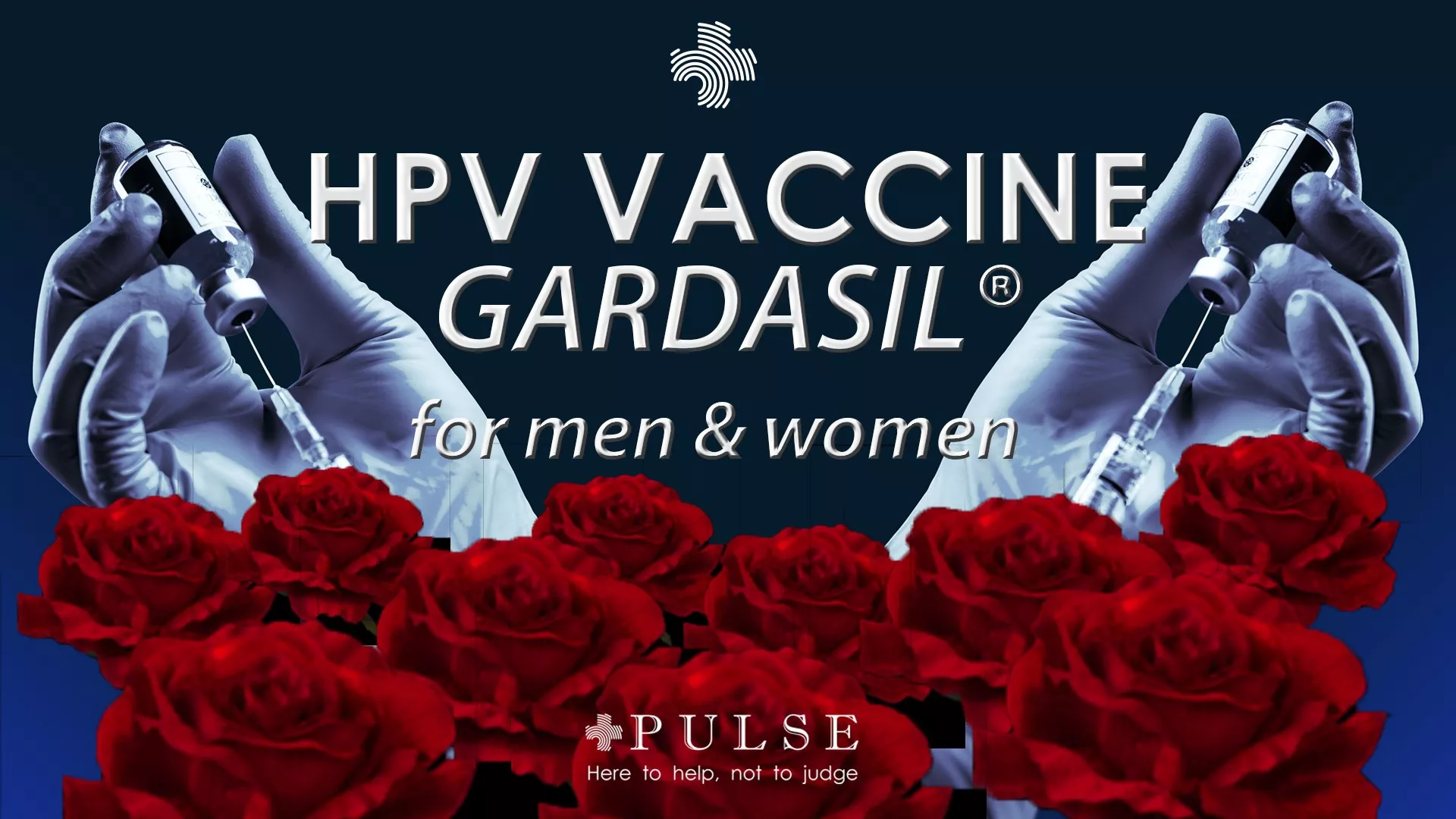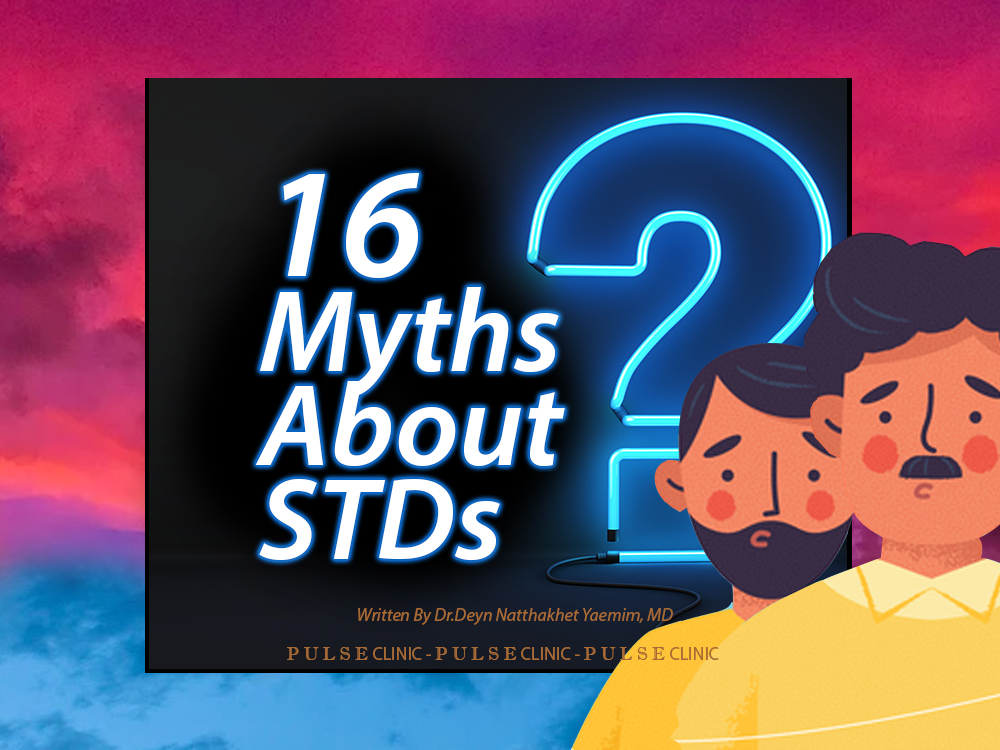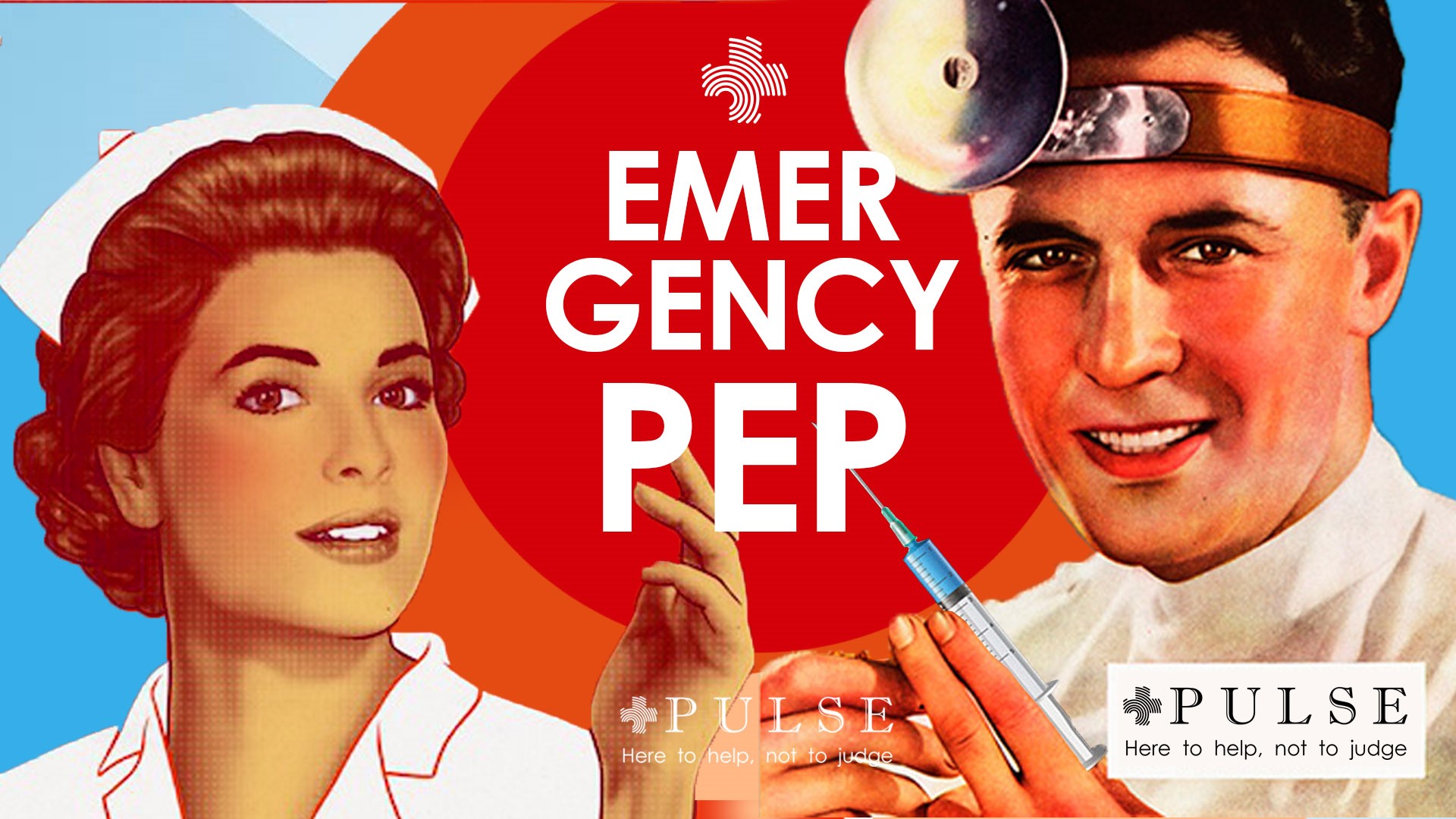What's the difference between PEP and PrEP?
8754
As indicated by 'post', you start to take it after a single event that may have exposed you to HIV. PrEP is designed to be used in a planned way.

HIV Prevention | PEP and PrEP
What's the difference between PEP and PrEP?
Dr.Deyn Natthakhet Yaemim, written on 28 Janruary 2019. Last reviewed 24 August 2022
PrEP and PEP are two ways to use anti-HIV medications as ‘prophylaxis’, in other words as prevention. They work in different ways.
PrEP stands for pre-exposure prophylaxis. It is for people who don’t already have HIV but are at very high risk of getting it. PrEP is daily medicine that can reduce this risk. With PrEP, if you do get exposed to HIV, the medicine can stop HIV from taking hold and spreading throughout your body.
PEP stands for post-exposure prophylaxis. HIV PEP is for people who have possibly been exposed to HIV. It is only for emergency situations. PEP must be started within 72 hours after a possible exposure to HIV.
| PrEP stands for pre-exposure prophylaxis. | PEP stands for post-exposure prophylaxis. |
|---|---|
| As indicated by ‘pre’, you start to take it before you may be exposed to HIV. | As indicated by ‘post’, you start to take it after a single event that may have exposed you to HIV. |
| PrEP is designed to be used in a planned way, on an ongoing basis. | PEP is used in emergency situations. |
| Most people take PrEP once a day, every day. Some people can use ‘event-based’ dosing, which involves taking it before sex and then for two days afterwards. | PEP is a four-week course of drugs, taken once a day during that time. It is best to start PEP within 24 hours of exposure to HIV, but certainly within 72 hours. |
| There are two drugs in PrEP. They are usually combined in a single tablet. | There are three drugs in PEP – usually the same two that are taken for PrEP, plus a third one. The third drug works in a different way to the first two (it from a different drug class). The three drugs are usually provided in two tablets. |
| Who are they for? | |
PEP: People without HIV who have
| PrEP : People without HIV who have
|
| Who should take PEP and PrEP? | |
| Who should take PrEP? Gay/bisexual men who:
Heterosexual men and women who:
People who inject drugs and:
|
| Effectiveness | |
When taken correctly, PEP can reduce the risk of HIV transmission by almost 80% It’s still important to use condoms, other barrier methods, and cautious injection practices | Daily PrEP can reduce the risk of HIV transmission from sex by more than 90%
|
If you are taking PEP now and you think you might need protection again in the coming weeks and months, you can talk to your doctors about switching to PrEP at the end of the course.
And if you have needed PEP sometime in the past, especially if you’ve needed it more than once, it’s worth thinking about whether PrEP might be a good option for you going forward
How to prevent condom breaks?
- DO use water based lubricants such as KY jelly.
- DO use proper sized condoms.
- DO hold onto the condom when withdrawing.
- DO store condoms in a cool dry place.
- DO NOT reuse a condom.
- DO NOT open the condom package with your teeth, keys or any sharp object.
- DO NOT unroll the condom before putting it on.
- DO NOT wear 2 condoms at once. Friction can cause breakage.
- DO NOT use oil based lubricants such as Vaseline. This can weaken the latex.
- DO NOT use expired condoms.
PULSE CLINICS recommended to use KOCITAF as Emergency PEP to prevent HIV infection
talk to our doctor to get KOCITAF and strictly take KOCITAF as prescribed by the doctor.
Trust PULSE CLINIC to take care of your health like other 45000 people from over 130 countries. We provide discreet professional service with high privacy. Here to help, not to judge.
WHERE CAN I GET PEP?
For more information about the medication and ordering process,
please email pulseliving@pulse-clinic.com or chat on your preferred platform.
![]() +66-84-226-2569
+66-84-226-2569  @pulserx
@pulserx ![]() PulseClinic
PulseClinic
#BuyPrEPonline #iwantprepnow #PrEPatPULSE #PulseClinicBKK #PrEPinHatyai Songkhla, Chonburi #prepinKL #prepinMalaysia #prepinPhuket #prepinHongKong #prepasian
Loading...
Clinic Locations
Loading...

